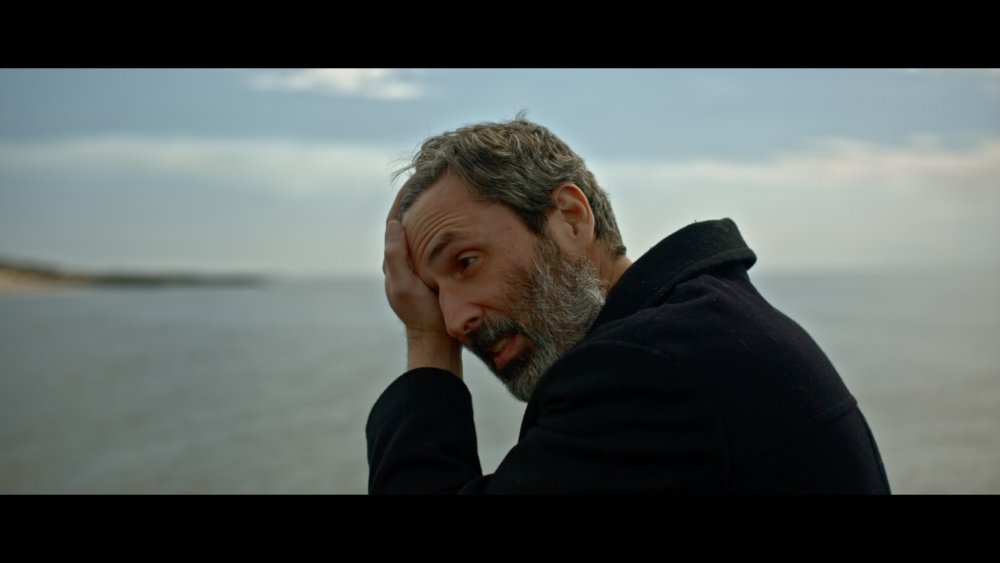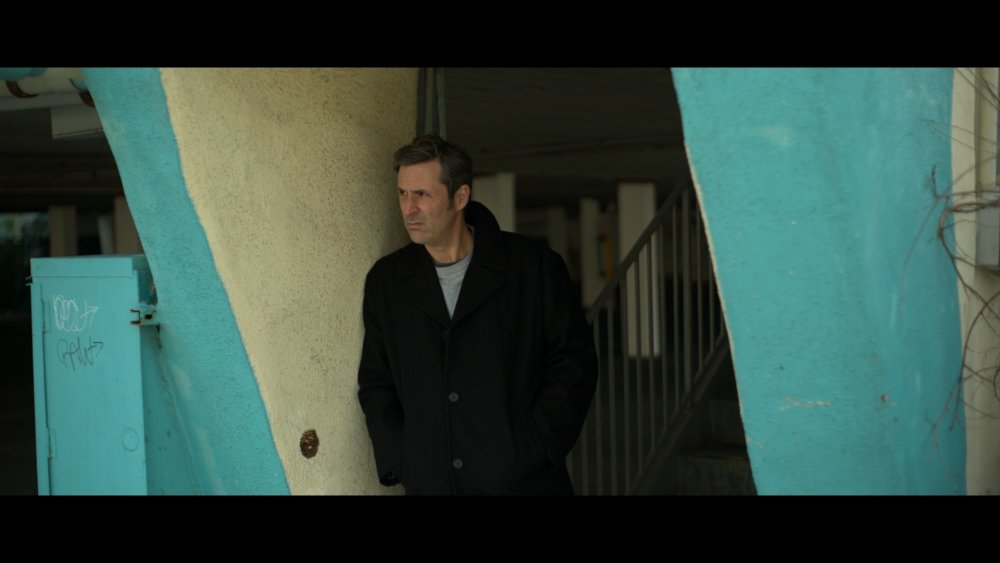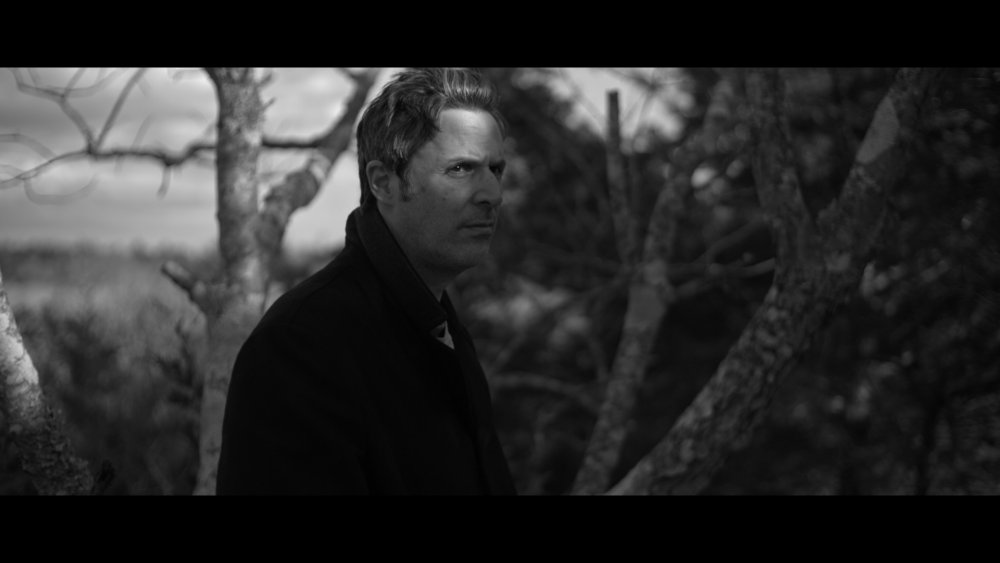Leaderboard
Popular Content
Showing content with the highest reputation on 04/15/2024 in all areas
-
Color - SOOC vs. LUTs/Grading
ac6000cw and one other reacted to KnightsFan for a topic
I've never used AF. Most shoots there are 2 people on camera, so someone pulls focus with a wireless unit. And I can pull focus for myself if not. Any log format that is supported by Resolve's color is ideal. I haven't used everything out there so I'm not going to try to give brand generalizations. Honestly the NX1 was the camera that gave me the best results SOOC, but I can't recommend a discontinued series from 10 years ago. The S5 works really well for me now. The XT3 was great, but if I recall correctly there were issues with FLog in Resolve for a while, so I almost always used HLG and was happy with it. I haven't shot with any modern blackmagic cameras, but I from what I see in other people's footage, they have the best color with their end-to-end color management. Again, that's not personal experience. If you need to get good Rec709 color SOOC I'm not the best reference, as everything I've ever shot has had time for coloring. Another factor that maybe I should state explicitly is that Resolve is the only color software that I like. Assuming you're using a decently nice camera with color management, good software will speed up the color process more than the difference between Sony FX6 and Canon C70.2 points -
I hope they enable using the 6K Pocket EVF with the USB-C EVF port. From what I've seen it connects to the Pockets with USB anyways. Would be a nice affordable alternative to the new EVF. A side screen for menus/settings is fine, but having it be 4" seems unnecessary, at least if the body is bigger than it has to be to accommodate it. Hopefully there is a way to easily switch it on/off so it's not sucking battery all the time. I'd much prefer the camera be cheaper and smaller, with maybe a 2" screen for menus, and then they sell a separate 4" monitor with some buttons on it (like a C200 or FS/FX screen), with some 1/4-20's for mounting hardware, that connects to that USB-C EVF port. Or maybe leave the buttons off so it can be cheaper, then refresh the Video Assists and let them have the controls. The new Micro Panel looks nice.2 points
-
In my experience, the internet has a very skewed view of which brands offer the best colour science. Millions of folks on the internet will tell you that Canon has the best colour, and recently Fuji is in the game with their film emulation presets, but I think this is just confirmation bias in action. All manufacturers have very high quality colour. Even Sony, who used to have the most "accurate" colour and looked very unappealing, have turned it around and now have pretty nice colour. The other great myth is that great colour comes from the camera, it doesn't. Great colour comes from production design, lighting, and colour grading. Here is a thread where I show that it's the work in post that makes the images pop. After reading your recent posts and threads about one aspect of cameras or other, I have some bad news for you... you can't buy good images. Good images come from skill, not equipment. Great images come from skill and large amounts of hard work.2 points
-
Color - SOOC vs. LUTs/Grading
SRV1981 reacted to KnightsFan for a topic
Yes, 10 bit log is extremely flexible, so you can get similar color from most modern cameras. I say modern because sensors are better now than they used to be. My one extra note is that I find that the most important thing is to nail your white balance. Many cameras that I have used look way better if you manually set them to a white balance setting, rather than balance to a card. My Panasonic S5 in particular looks terrible balanced to a card. So I always shoot 5600K and correct it later. If you do correct it in post, it's best to use color management and do the corrections in linear gamma. If I recall, my old NX1 actually looked great balanced to a the same white card. So it definitely varies by camera. I love Fuji's color. I'm not overjoyed by Panasonic's SOOC Rec709 (but am happy with VLog when I have at least 2 minutes to color it). But in a broad sense and with possible exceptions, I am happy with any camera made after 2018 that cost more than $2k at launch. I really disliked older Sonys and Panasonics, but that is no longer true. Speaking specifically about color, being able to use Resolve color management is huge. It is faster and better than using LUTs to move between color spaces. Other than that, the only real consideration is the time/quality ratio. How fast can I get to the image I want, or, on the other end, how fast can I get to an image that can be turned in by the deadline. Like you mentioned in your first sentence, images can be made similar, but the question is how quickly. Speaking about the entire system, compatibility is my #1 concern. Lenses, batteries, audio, rigs--these all have to work together. I've put a lot of effort into things like "put a right angle XLR on the bottom of a boom pole so that it can be set down without damaging the cable." All my lenses are EF. All of them have 77mm filter threads. That sort of thing matters a lot. Typically, I will do plenty of tests ahead of time. I'll build color nodes in Resolve before the project begins, so I know what settings to use on set, and roughly what I'll do in post. If you have that kind of preparation, the camera used does not matter as much. I think 10 years ago, Canon reigned. The 5D3 was much better than Panasonics and Sonys back then. Nowadays I don't think it holds anymore. But that's all subjective.1 point -
Blackmagic New Products Update - 13th April 2024 17:00 BST
eatstoomuchjam reacted to KnightsFan for a topic
My thoughts exactly. Actually, all I want is a Z Cam E2-F6 with faster readout, and if I'm really making wishes then I want Resolve to include Zlog2 color management. Other than that, the F6 is my perfect camera, because it sort of has what you describe: a tiny menu screen, builtin low latency USB/Wifi monitoring, and plenty of 1/4-20's.1 point -
R5 II - May Announcement?
SRV1981 reacted to eatstoomuchjam for a topic
If the R5 II is exactly like the R5, but with better cooling and dynamic range (dare we dream of DGO?) and it's about the same price, I will almost certainly trade in my R5 toward one. I'd ask for timecode too, but I'm sure they'll hold that out for the R5C II.1 point -
Blackmagic New Products Update - 13th April 2024 17:00 BST
kye reacted to eatstoomuchjam for a topic
Exactly. 10gE is only 1.2 gigabytes per second. The CF Express card in a reader can do more than 2 gigabytes per second. If you run 25gE (about 3 gigabytes/second), you'll probably be able to keep up with a single CF Express card. With 100gE, you can do 12.5 gigabytes/second, optimally, but I'm willing to bet you'll find that there are weird limitations in the software stack that prevent you from getting close to that - at least over SMB or similar. You could also do multiple interfaces in the server and make sure that SMB multichannel is enabled on the client and the server. I haven't tested it, but in theory, newer versions of Windows (and Samba) support it. At this moment, I don't feel any need to optimize beyond having 10gE for my stuff. I guess if I cared that much about getting the fastest possible offload, I could just carry the card/reader into the basement and direct connect them to my server. Even on shoots where we're running two cameras and shooting raw, I don't think I've ever generated more than about 1.5T in a day. Offloading it over 10gE takes about half an hour when I get home. That's about as long as it takes me to carry all the gear from my car into the house. So my perspective is clearly not that of a high-budget production. 😛1 point -

Blackmagic New Products Update - 13th April 2024 17:00 BST
eatstoomuchjam reacted to kye for a topic
That's what I'm talking about too. My post compared the speed of CFExpress over USB with the speeds of 10G Ethernet.1 point -
A film-making version of the 'No-one ever got fired for buying IBM' (computers) situation 🙂 I do wonder if some of that is driven by fear of jobs disappearing (despite the availability of much lower cost tools - e.g. cameras and editing software - having hugely expanded the overall 'moving image' production market).1 point
-
Indeed. I did not put that very well... What I meant was that as someone invested in Nikon bodies and adapted Tamron E Mount lenses, I could easily go either way, ie, all in on Sony or Nikon. At this point in time, ie, 2024, I'm not planning on it however. My season has already started up and 3 jobs in, my conclusion so far is that I have zero reason (or desire) to switch from L Mount for my video needs as it just works, with my S1H now set up as a static 'camcorder' and my S5ii on run & gun. The Zf is a beaut and so is the Z6ii with battery grip, both for stills. The only thing re. the latter set up is I much prefer the ergos of the Z6ii with battery grip, but ideally with the capability of the Zf... I would also prefer to only have one unit in the stills role and not two. As soon as the Z6iii appears, I think it's a done deal for me. The rumors (ha, if you can trust them) are 6k but obviously no mention other than some very recent speculation and hype over RED raw, but I'd take it at launch or firmware update or even never as this for me, at least initially, would be a photo-centric camera. 6k raw has more appeal to me than 8k for sure, just as the smaller/lighter Z6 format (even with grip) for me trumps Z9. But we shall see...1 point
-
I believe it only offers a S35 crop. Due to the compression methods from the 6K sensor, some say that the S35 crop is superior... but I didn't buy a FF camera to shoot in S35. And the difference is probably minimal and I don't care about minimal. But as usual, I'm probably the weirdo here, because I still prefer good 1080p over run of the mill 4K. For instance, I mentioned earlier that I think some lenses shine with certain cameras. After thorough testing, most lenses look pretty good in 4K. By that I mean, most vintage lenses have a certain level of sharpness that is good enough due to the 4K. In fact, I think vintage lenses help to tame the sharpness... resolution of 4K. Now with my 5D3/ML Raw, some of those same lenses just don't work. But with a more modern lens, the image looks really good, in my opinion better than the FP. Here's a shot from the 5D3 with the older non-Art Sigma 50mm 1.4... And here are a couple shots of the Takumar on the 5D3... Obviously, they're different shots so in some ways they're incomparable... And here's a B&W shot with the Tak on the 5D3 that's a lot more interesting... So what's my point... I have way more options than I need and B&W makes everything look cooler. That is all.1 point
-

Blackmagic New Products Update - 13th April 2024 17:00 BST
eatstoomuchjam reacted to kye for a topic
10G ethernet is only 10Gbit / 1.2GB/s but CFExpress cards can exceed this. This test from Petapixel shows speeds up to 2.8GB/s and most of the models tested exceeded 1.2GB/s. If BM put dual CFExpress cards in the camera then in theory this could double that throughput too. The ethernet standard is designed for maximum throughput with cables up to 100 meters/yards long and the 10G standard for copper was announced in 2006 so it's hardly a new standard, and stuffing data through long cables is an entirely different challenge to transmitting it an inch or two!1 point -
Blackmagic New Products Update - 13th April 2024 17:00 BST
kye reacted to eatstoomuchjam for a topic
10gE is plenty fast for a lot of things and as you said, on many productions, the camera ultimately spends more time stopped than it does rolling. Though also for a lot of productions that I'm on, at least, it would be far from ideal to need to keep the camera tethered to a network switch so that somebody could continuously offload footage. Though for the sort of productions that take 30+ minutes to move the camera, etc, I'm sure it would be great... though for productions with that sort of time/budget, $1600 is a no-brainer for a second module for the DIT to swap back and forth. Anyway, it's cool storage and I hope it becomes some sort of standard, even if for the sorts of stuff I do, CF Express will continue to be more than fast enough for a while to come.1 point




